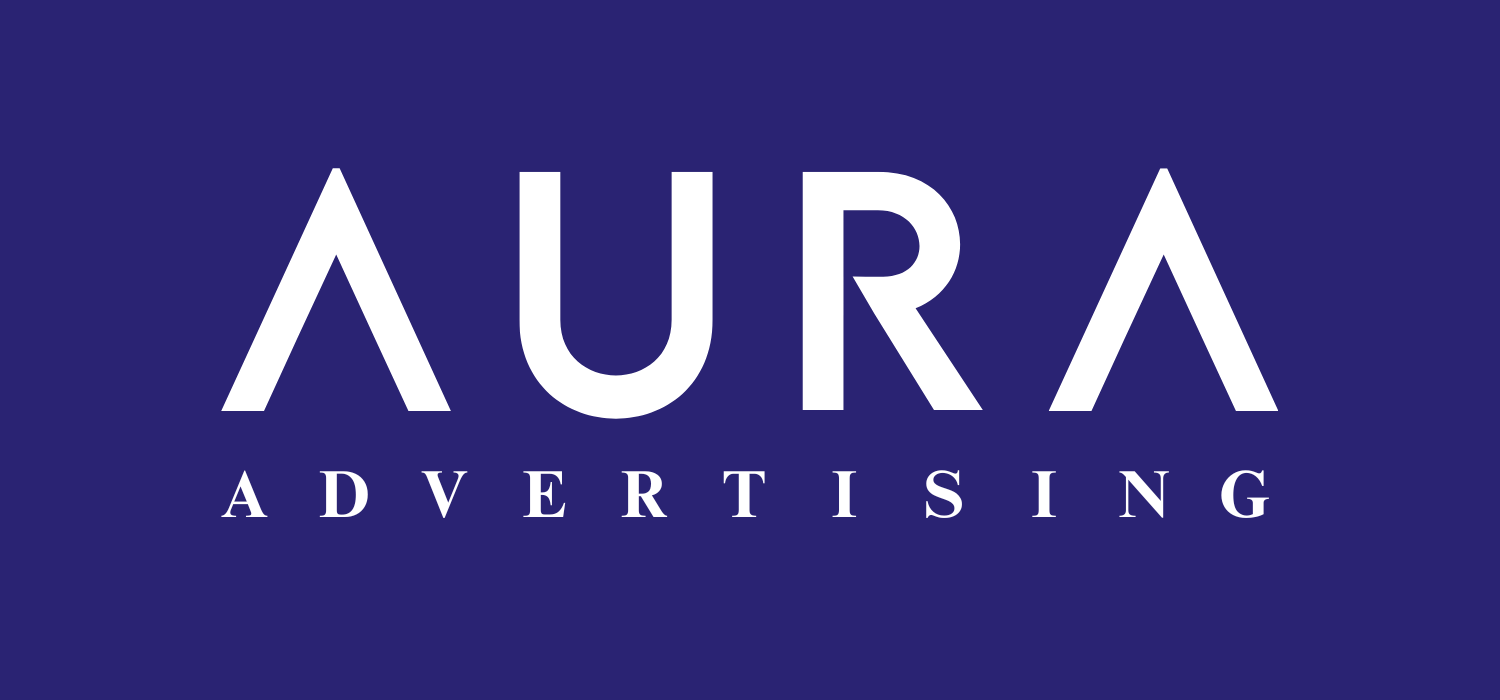Paid advertising has become an essential tool for medical practices seeking to attract new patients and grow their businesses. With platforms like Google Ads, Facebook Ads, and Instagram, healthcare providers can reach highly targeted audiences and achieve measurable results. In this blog, we’ll explore how paid advertising can benefit your medical practice and provide actionable tips for implementing effective campaigns.
Why Paid Advertising is Important for Medical Practices
1. Instant Visibility
Unlike organic marketing efforts, which can take months to yield results, paid ads provide immediate visibility. This is especially valuable for new practices or when launching new services.
2. Targeted Reach
Paid advertising platforms allow you to target specific demographics, locations, and interests. For example, you can create a campaign targeting women aged 25-40 in a specific city looking for aesthetic treatments.
3. Cost-Effective Marketing
With options to set budgets and pay-per-click or impression, paid advertising ensures you only spend on actual engagement. This makes it a cost-effective way to attract patients.
4. Measurable Results
Ad platforms provide detailed analytics on performance metrics like clicks, impressions, and conversions. This data helps you refine your campaigns for better outcomes.
Types of Paid Advertising for Medical Practices
1. Google Ads (Search and Display)
- Search Ads: Appear at the top of search results when patients search for terms like “Botox near me” or “best dermatologists in Dubai.”
- Display Ads: Visual ads displayed on websites within Google’s network, great for building brand awareness.
2. Social Media Ads
- Facebook and Instagram Ads: Ideal for targeting specific demographics and showcasing visually appealing content.
- LinkedIn Ads: Useful for promoting services like corporate wellness programs or medical consultations to a professional audience.
3. Retargeting Ads
These ads target users who have previously visited your website or engaged with your social media pages. Retargeting helps convert warm leads into patients.
4. Video Ads
Platforms like YouTube and Instagram Reels are perfect for engaging patients through educational or promotional videos.
Creating Effective Paid Advertising Campaigns
1. Define Your Goals
What do you want to achieve? Goals may include:
- Increasing patient appointments.
- Promoting a specific service.
- Building brand awareness.
2. Understand Your Target Audience
Identify the demographics, needs, and preferences of your ideal patients. Use this information to tailor your messaging and visuals.
3. Use Compelling Ad Copy
Your ad copy should:
- Highlight the benefits of your services (e.g., “Achieve radiant skin with our advanced laser treatments”).
- Include a clear call-to-action (CTA), such as “Book Your Consultation Today.”
4. Invest in High-Quality Visuals
- Use professional photos or videos that reflect your brand’s professionalism.
- Ensure visuals align with the platform’s requirements and best practices.
5. Optimize for Mobile Users
Most ad platforms receive the majority of traffic from mobile users. Ensure your ads are mobile-friendly and lead to a responsive website.
Budgeting for Paid Advertising
1. Start Small and Scale
Begin with a modest budget to test different ads and strategies. Gradually increase spending on high-performing campaigns.
2. Allocate Budget Based on Goals
- Brand Awareness: Allocate more budget to display or video ads.
- Lead Generation: Focus spending on search and social media ads.
3. Monitor and Adjust
Regularly analyze performance metrics to optimize your campaigns. Pause underperforming ads and reallocate budgets to successful ones.
Examples of Successful Paid Advertising Strategies
Case Study 1: Aesthetic Clinic in Dubai
- Objective: Increase appointments for Botox treatments.
- Strategy:
- Google Ads targeting “Botox near me.”
- Instagram Ads showcasing before-and-after photos.
- Results: 40% increase in inquiries within two months.
Case Study 2: Family Practice in Abu Dhabi
- Objective: Promote annual health check-ups.
- Strategy:
- Facebook Ads targeting families with children.
- Retargeting ads for users who visited the website.
- Results: 25% growth in bookings during the campaign period.
Common Mistakes to Avoid
1. Poor Targeting
Broad targeting can waste your budget. Use specific demographics and interests to reach your ideal patients.
2. Ignoring Landing Pages
Ensure the page your ad leads to matches the ad’s message. For example, an ad for Botox should link to a Botox-specific page, not your homepage.
3. Lack of Testing
Always test different ad variations (A/B testing) to find what works best.
The Future of Paid Advertising in Healthcare
1. AI-Driven Campaigns
Artificial intelligence will enable more precise targeting and real-time optimization.
2. Interactive Ads
Interactive formats, such as quizzes or polls, will engage patients and provide personalized recommendations.
3. Integration with Telemedicine
Ads promoting virtual consultations will become more prevalent as telemedicine grows.
Conclusion
Paid advertising is a powerful way for medical practices to attract new patients, promote services, and grow their brand. By leveraging platforms like Google, Facebook, and Instagram, and following best practices, you can create effective campaigns that deliver measurable results. Start small, test your strategies, and scale your efforts to maximize your return on investment.


Leave A Comment